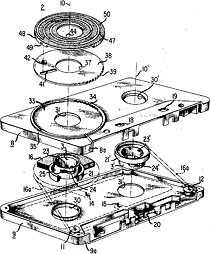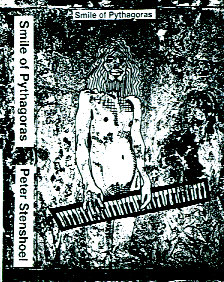Peter Stenshoel
I came to cassettes initially skeptical since my favorite toys were the reel-to-reel decks our family had acquired. My brothers and I had been inspired by Reich’s “Come Out” and so we did our own looping of sound by using two reel to reel decks in sequence, the tape stretching out between the two to send back the just-recorded signal in a rhythmic and controlled feedback. This was in the late 60s and early 70s. When I left for a year in England, I bought my first portable cassette radio to capture English radio. This was 1972. I managed to record a few things, including Derek Bailey on BBC, but my transformer (meant to deal with the different voltage level) managed to eventually burn out the motor, so my cassette recorder was kaput. Returning to the U.S., I met my then- fiancé, now wife, and she and her brothers had just moved to Minnesota from Japan. They had really high quality cassette recorders purchased in Nagoya, and I was impressed enough to use cassette decks to record the bands I was playing with, including rehearsals.
It took a while of trading tapes of other people’s music (what folks now call “mix tapes”) before I came across Big Money Miracles by Rob MacDonald and Scott Graber. They had put out their own music on a cassette they sold in local record stores. I decided that the quality was just fine, so I began to get to work on all the things I had recorded over the last few years and I put out my own: Manifest Ecstasy got good reviews from the local press and from music zines like Factsheet Five and Sound Choice. The experience of bypassing what seemed to me a Kafkaesque commercial gatekeeper system was liberating, even if it was on a small scale that netted me no money. I often wonder what it was like when musicians were relatively unknown except to those who heard them—no star system, no promotional budgets plowing into all available media—just minstrels who developed the regional style and no doubt hypnotized evening audiences in pre-electric, pre-TV times with time-suspending improvisations. In our breathless era of hype, I’m glad that some of us ignore it and “sing a few songs of our own.” Finally, I have had the good fortune of being part of KFAI, the community station in the Twin Cities, Minnesota, which provided an outlet for unknowns like me, especially The Musical Transportation Spree, and their home taper segment, “Now That’s Interesting,” hosted by Chris Waterbury and Jerry Modjeski. I first heard scores of home tapers thanks to that terrific show.



